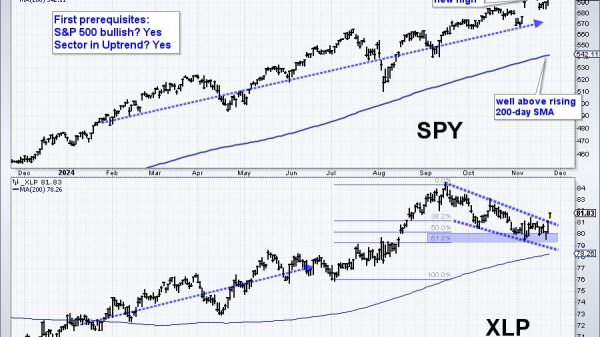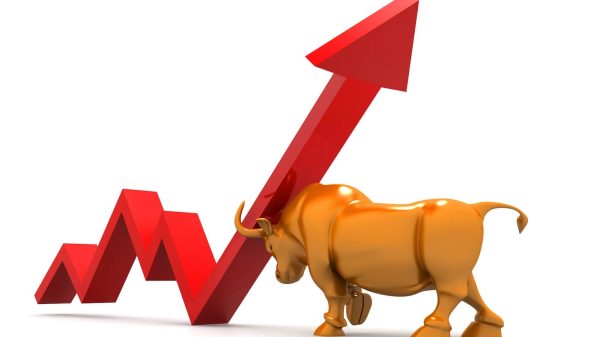Jordan Cohen
To promote debate and help improve U.S. decision‐making about arms sales, we created the Arms Sales Risk Index, now in its fifth year. By measuring the factors linked to negative outcomes of arms sales, such as dispersion, diversion, and the misuse of weapons by recipients, the index provides a way to assess the risk involved with selling arms to another nation. Specifically, we examine the risk of U.S. weapons being used in ways that are against U.S. interests and desires. The index scores a country’s risk score on a scale of 1 to 100, with 1 being the lowest risk and 100 the highest risk.
Though this sort of assessment is by no means an exact science, and we focus here only on the potential downsides of sales, the Arms Sales Risk Index can help policymakers consider the dangers of U.S. arms sales policy more rigorously and make better decisions about which nations should and should not receive U.S. weapons.
This year’s report has three findings.
First, we do find that the Biden administration is generally selling more weapons to less risky partners and has a lower average customer risk score than Presidents Bush, Obama, and Trump.
Nonetheless, the Biden administration is still selling to risky clients. For example:
Saudi Arabia (risk score of 73, over $3.4 billion in weapons received since 2021);
India (risk score of 57, over $1.15 billion in weapons received since 2021);
United Arab Emirates (risk score of 57, over $1.14 billion in weapons received since 2021);
Turkey (risk score of 74, over $728 million in weapons received since 2021);
Egypt (risk score of 73, over $368 million in weapons received since 2021);
Pakistan (risk score of 69, over $324 million in weapons received since 2021);
Colombia (risk score of 55, over $252 million in weapons received since 2021); and
Afghanistan (risk score of 92, over $122 million in weapons received since 2021)
Second, we find little evidence that selling more American‐made weapons to a country correlates with a decrease in that nation’s risk score over time. In fact, only one country (Kuwait) in the top‐quintile of purchasers has left a conflict in the last five years. Moreover, when it comes to corruption, human rights abuses, and authoritarianism, the biggest weapons purchasers are getting riskier.
Third, we respond to one of the most common arguments in favor of arms sales: that these sales produce leverage over recipients. We show that arms sales do not produce much leverage and that the risks of reverse leverage—recipient nations influencing American behavior—are underappreciated. Through the risk data and case studies of Saudi Arabia, India, and Afghanistan, we find that, if anything, the recipient has leverage over the United States.
Finally, it is important to note two things that this index does not cover. The index does not predict or include the potential for a new conflict. For example, while the risk of war between China and Taiwan exists, there is no way to quantify this risk.
Additionally, while Ukraine has received substantial amounts of U.S. weapons, these primarily come from various forms of security assistance and are not foreign military sales. Thus, while the risks of Ukraine obtaining U.S. weapons may be similar, this index does not study weapons given through anything other than foreign military sales and direct commercial sales.























